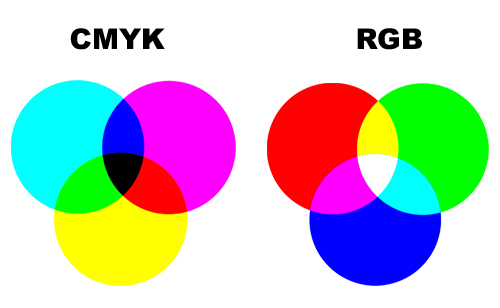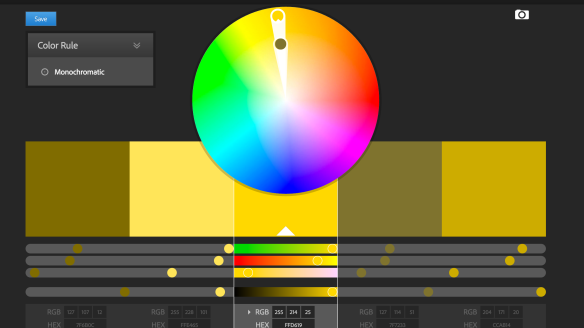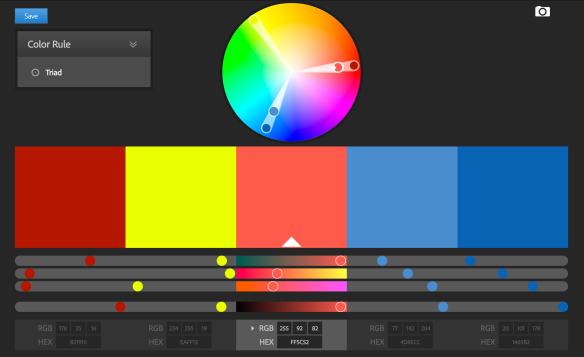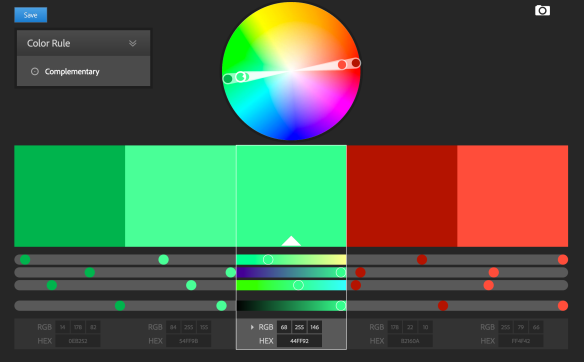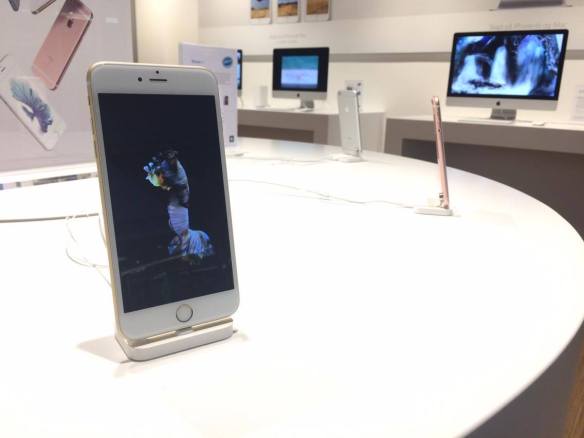Look at the following logos and explain in your own words what you consider their positioning to be
Coca Cola
Or coke as we call it is the boss of sodas.Like if I’m gonna drink soda is a given a coke would be the choice. Sometimes I might fancy some funky flavours and feeling adventurous spending a night with a fanta, or keeping it light with a sprite, but I always will go back to the boss.
Coke keeps it real and stay true to its promises to refresh the world.
Coke is an instant synonym of freshness and is drunk every-freaking-where, so yeah refreshing the world, keeping it personal and close to people with campaigns like; “Share a coke” and those annoying cans and bottles with peoples names on. I hated that one; I never found a Daniel-one so I ended up drinking soda with the name of Ole or Atle. Coke is everywhere and wherever they are they are the top dog. Sports, music, multimillion TV ads. Whatever Coke does, they do good. That might be the reason why nobody is ordering rum&pepsi.
Das Auto
Volkswagen, meaning “People’s car” in German, is among the biggest if not the biggest car manufacturer in tze world. The word on the street is that it started in the 1930s, at the request of Hitler to produce a car designed by Ferdinand Porsche. Da Führer was looking for someone who could make a cheap car that the common German worker could afford.
Volkswagen to me inspires german precision for an affordable price, they have deliver iconic cars like the Beetle and Golf (had them both). The Golf, Beetle and Passat are on some kind of list where Volkswagen has the most record of records of how many cars have been ever sold and some other really smart stuff i found in wikipedia https://en.wikipedia.org/wiki/Volkswagen
Visa, Everyone, Everywhere, Ever Very
There are some things money can’t buy. For everything else there’s Mastercard.
When it comes to credit cards that’s been the slogan that always caught my attention, but on my everyday I see visa like the best way to pay and be paid and I know that with VISA I’m accepted everywhere.
Visa connects consumers, businesses, financial institutions, and governments everywhere, secure and reliable Visa is not a bank and does not issue cards, extend credit or set rates and fees for consumers.
However Visa enable its financial institution customers to offer consumers more choices: pay now with debit, ahead of time with prepaid or later with credit products.”
Visa – It’s Everywhere You Want To Be.
Lets work backwards! Look at the logo on the Apple iPhone and, by doing your own research, investigate the history of the product and the company that manufactures it. Give an outline, in your own words, of what you consider the following to be:

Describe its brand identity – exactly as you see it
I’m a devoted mac user since the early 2000’s as much for work, school, entertainment or pure pleasure. Apples devices and applications have made my life easier and better looking.
I own several of apple products and it’s nothing sexier than unboxing any given product from apple, carefully nesting on those white boxes. When one start reading “designed by apple in california” you get a chill and you know you are up for an experience – an experience of a product that is the best of its class.
Apple has a branding strategy that focuses on the emotions, lifestyle & simplicity, – bringing the I in to the products, but still makes you feel part of a big tribe.
What do you think its positioning is currently?
Apple has differentiate itself from all competitors, Apple stands for style, cool, innovating, the future, where as Windows stands for world class operating system.
Apple has long applied the rules of fashion to the design and marketing of its devices, desirable not only for their functionality, but for their slick aesthetics and symbolic value, differentiating Apple users from others.
What do you think the strategy for this specific product was?
Apple is reinventing the phone
And they actually did, combining three products—a revolutionary mobile phone, a touchscreen iPod and an internet communicator into one small handheld device.
Letting users control iPhone with just their fingers, with desktop-class email, web browsing, searching and maps. Featuring a 2 megapixel camera that kill the camera star.
“iPhone is a revolutionary and magical product that is literally five years ahead of any other mobile phone. We are all born with the ultimate pointing device—our fingers—and iPhone uses them to create the most revolutionary user interface since the mouse”
Steve Jobs
They used a strategy of secrecy and intrigue to fuel speculation and buzz. Wowing customers through design and packaging with a total focus on “friendly” customer experience.
The result is a passionate brand community of fans who identity themselves with Apple’s brand values.
What research do you think was done on this by the company who made it?
Back in 2003, Jobs expressed that he was not keen on developing his tablet PCs and traditional PDAs as high-demand markets for Apple to enter. He did believe that cell phones were going to become important devices for portable information, and that what mobile phones needed to have was excellent synchronisation software.
To create the iPhone, Steve Jobs deliberately picked engineers with no mobile phone industry experience because he didn’t want Apple’s smartphone to be “tainted” by old ideas about what could and could not be achieved.
Jobs always insisted that market research was pointless because people didn’t actually know what they wanted.
Now take the same product as in question 2 and explain, in your own words, how the visual element (in this case, the logo) fits in with the brand identity.
Apple has always been about simplicity and consistency, as we can see on every product down the line.
The simple outline of an a bitten apple,matches the iPhone’s minimalistic design, the trademark home button, a metal rear casing and the touchscreen display.
For many people Apple’s iPhone is a fashion statement and the apple is a perfect way to brand it.

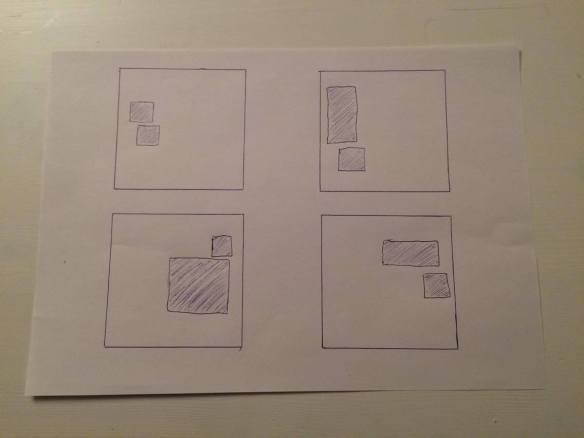
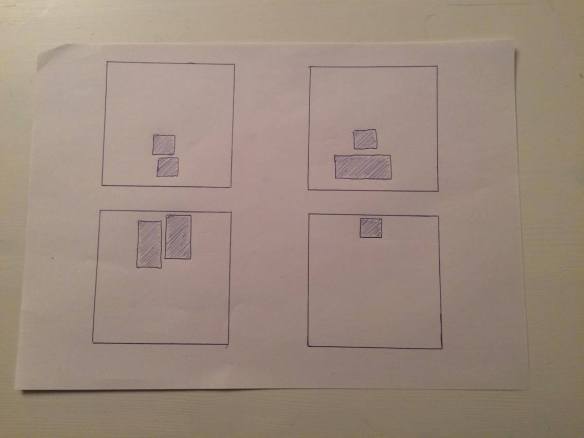

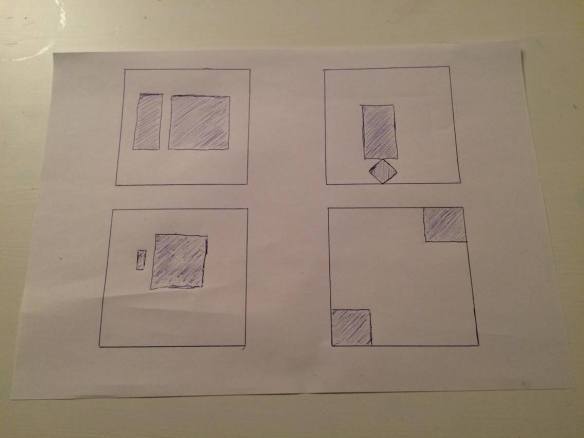



 >(ISO speed setting/Flash exposure compensation) button. While looking at the LCD panel or viewfinder, turn the <Main dial>.ISO speed can be set within ISO 100 – 25600 in 1/3-stop increments.
>(ISO speed setting/Flash exposure compensation) button. While looking at the LCD panel or viewfinder, turn the <Main dial>.ISO speed can be set within ISO 100 – 25600 in 1/3-stop increments.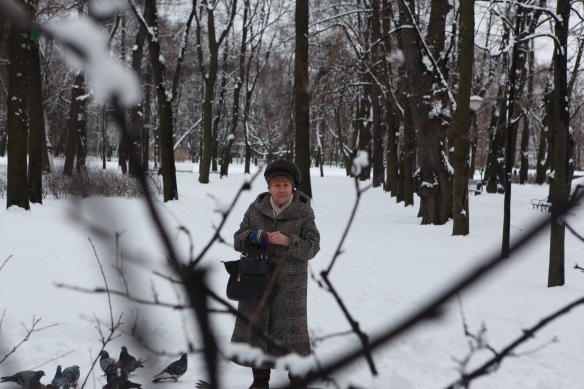 ISO 100, Aperture 5.6, Shutter speed 1/160
ISO 100, Aperture 5.6, Shutter speed 1/160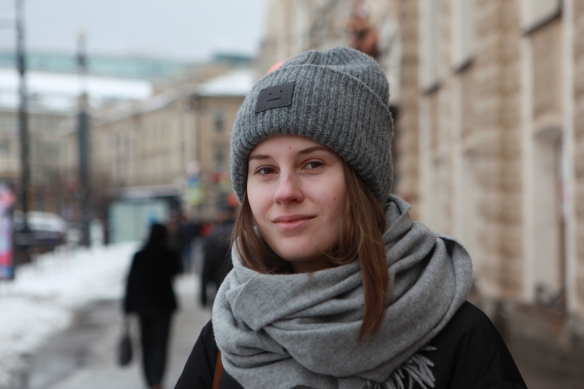 Iso 100, Aperture 4.0, Shutter speed 1/125
Iso 100, Aperture 4.0, Shutter speed 1/125 Iso 400, Aperture 28, Shutter speed 1/800
Iso 400, Aperture 28, Shutter speed 1/800 ISO 100, Aperture 4.0, Shutter speed 1/125
ISO 100, Aperture 4.0, Shutter speed 1/125 Iso 200, Aperture 2.8, Shutter speed 1/50
Iso 200, Aperture 2.8, Shutter speed 1/50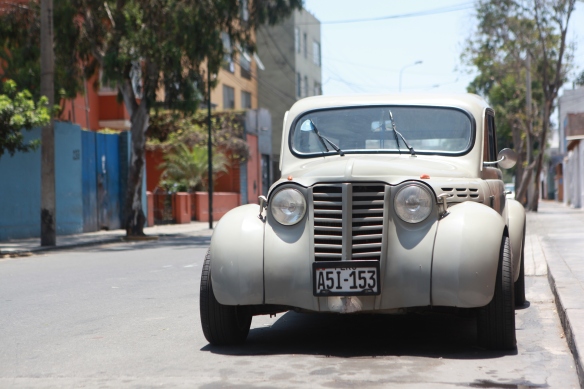 ISO 100, Aperture 3.5, Shutter speed 1/640
ISO 100, Aperture 3.5, Shutter speed 1/640



